Cyprus is a green, blooming island with mild temperatures in spring. After the rainy season ends, the tiny state becomes a magnet for endurance athletes, wreck divers and hikers. The third largest island in the Mediterranean shines with secluded mountain villages, lively cities and what is probably the largest sunken ship in southern Europe: the Zenobia. In any case, there is no way to avoid the conflict-filled history of the locals during a visit. Because contrasts are omnipresent in the country of the Cypriots. A travel report about an extraordinary diving holiday in Cyprus.
Zsolt "George" Teplan knows his way around Cyprus. The Hungarian native has been living on the island with his small family for two years and works very successfully as a diving center manager. George now knows the island like the back of his hand. He was drawn here by the mild climate and high quality of life.
He has learned to love the country: “You can ski here in the morning in the winter and wakeboard in the afternoon at almost thirty degrees. There is a ski area in the mountains with seven ski lifts,” says George. “Where else is this possible?” I am spending my Cyprus diving holiday in his care and it should be an incredibly varied and culturally rich one Vacation spend on the island.
Diving holidays in Cyprus – a diverse Mediterranean destination with an eventful history
Cyprus is extremely diverse and a place of contrasts: eternally long sandy beaches merge into cliffs, quiet mountain villages with well-hidden insider tip restaurants coexist with metropolises such as Limassol, Kyrenia and the capital Nicosia, where life is raging day and night. There are numerous colleges and excellent, internationally renowned universities such as the American university in Kyrenia on both the Greek and Turkish sides. Economically, the small EU member is still relying on its banking system, which is back to “business as usual” a year after the GAU.
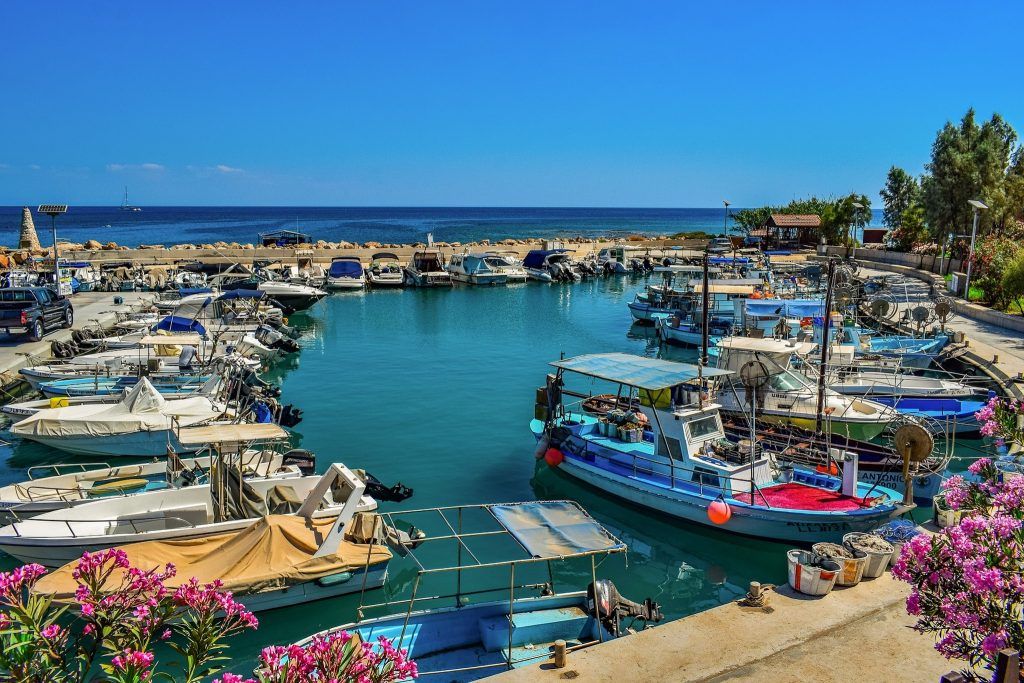
With panic in their eyes, Cypriots report how they stopped getting euros from the ATMs last year. Only cash was truth. But now everything is fine again, they assure you. Prosperity has returned. However, they rave about their homeland: The island blooms in the winter months because the climate is subtropical, making it one of the best travel destinations for a sunny and warm winter holiday.
The air smells of orange blossoms and sea air. Even bananas are grown in some areas. The Summer In contrast to spring, they are typically hot and dry in the Mediterranean. Sometimes there is no rain for months, leaving even hardened islanders groaning under the temperatures and lack of water.
Book your well-deserved vacation now!
Book your dream vacation now at favorable conditions on the renowned booking portal HolidayCheck – top rated by Stiftung Warentest (01/2024). Click and browse now!
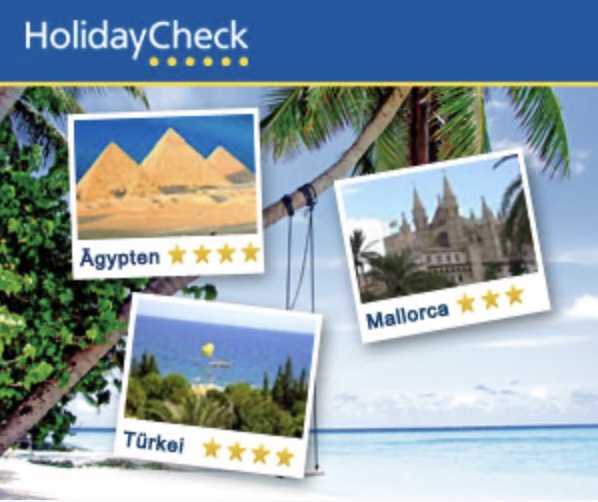
Related Articles
Cyprus diving holiday – diving on the Zenobia is an impressive pleasure
Captain Nikos Mentonis is a passionate skipper. With his motor yacht Atlantis he takes divers to Zenobia, one of the most notorious wrecks in the world, several times a day. He's already busy when we're the first diving group to arrive at the boat. George brings the equipment on board with us. “Good morning, captain!” we greet. You don't want to upset the sea dog with the leathery, sunburned skin and the aviator goggles. “Morning,” he murmurs without looking up. He unties the ropes and the five-minute journey to the wreck begins - we are finally there Diving Holidays.
Time for a little chat. Once asked, the captain tells his entire life story: “Once I was a simple fisherman,” he begins, and tells in broken Cypriot English about the sinking of the Zenobia and the dramatic final hours. He saw the ship tipping over just a few 100 meters from the harbor entrance. How everyone panicked and evacuated. “Nobody believed that the ship would actually sink,” says the current businessman and owner of Atlantis Seacruises, a small excursion cruise company. “It was all just a computer error. It looked like they were going to figure it out!” The next morning his wife got him out of bed because the huge ship had sunk and the sea was full of flotsam. He reveals that it all happened under mysterious circumstances.
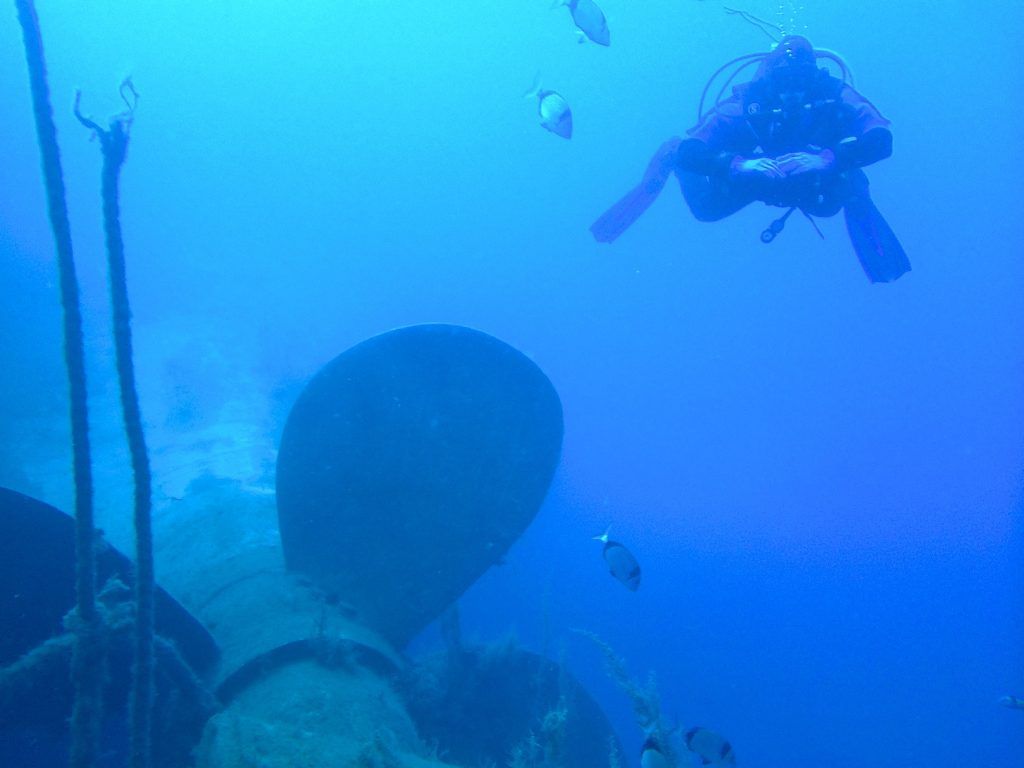
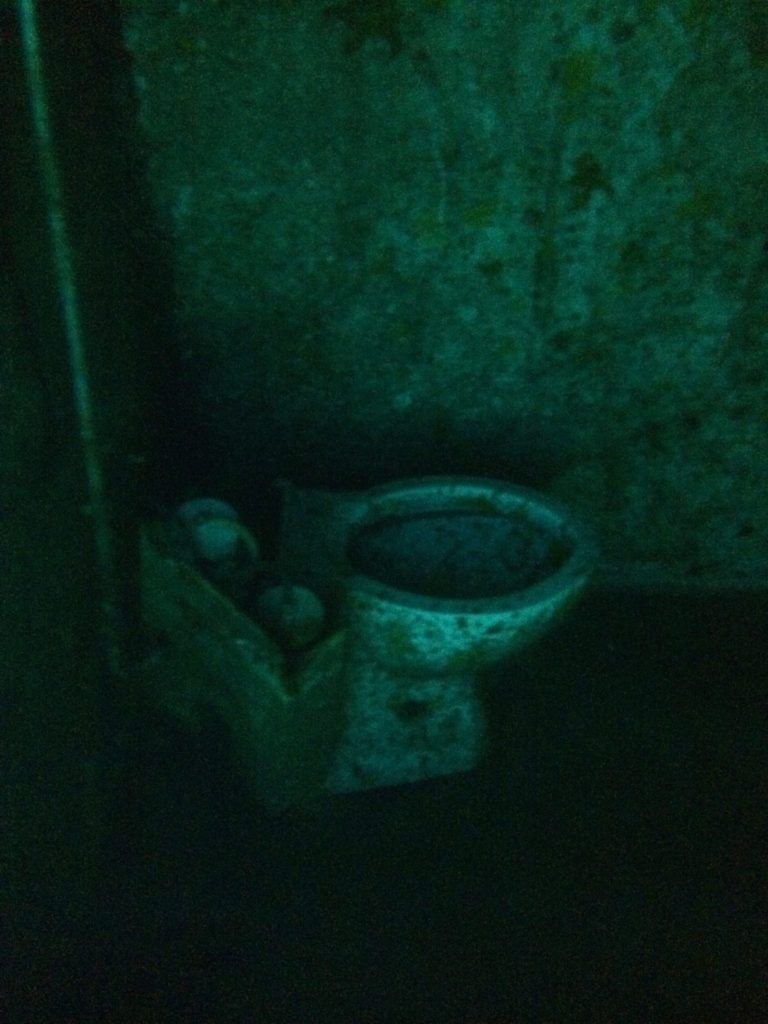
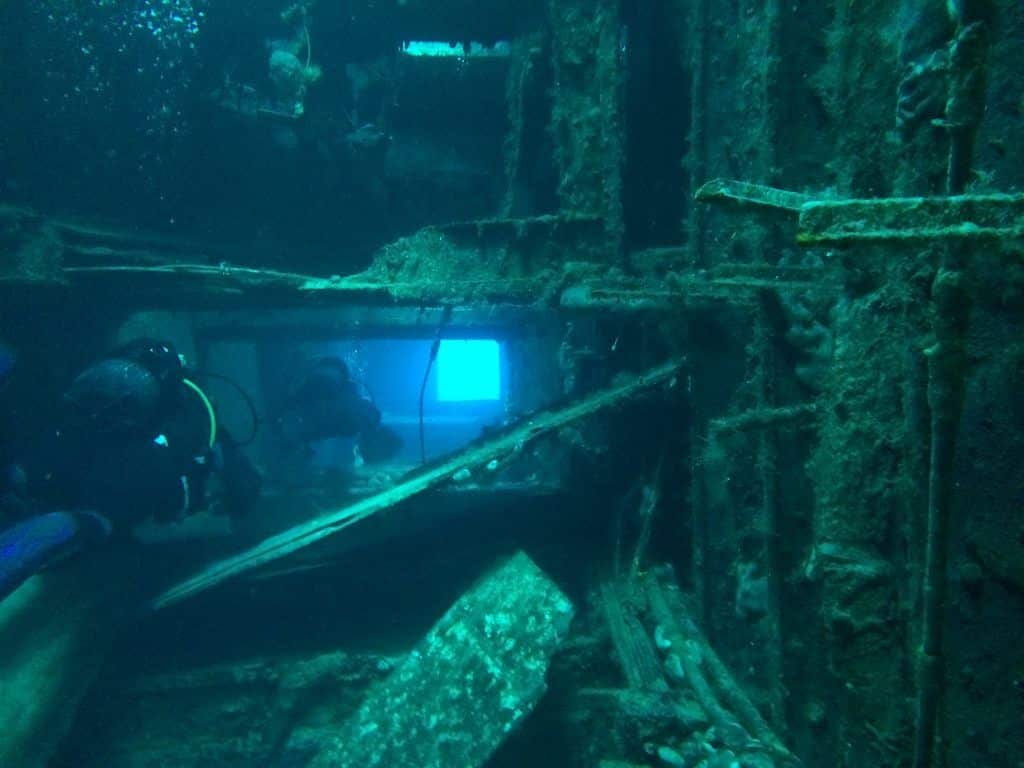
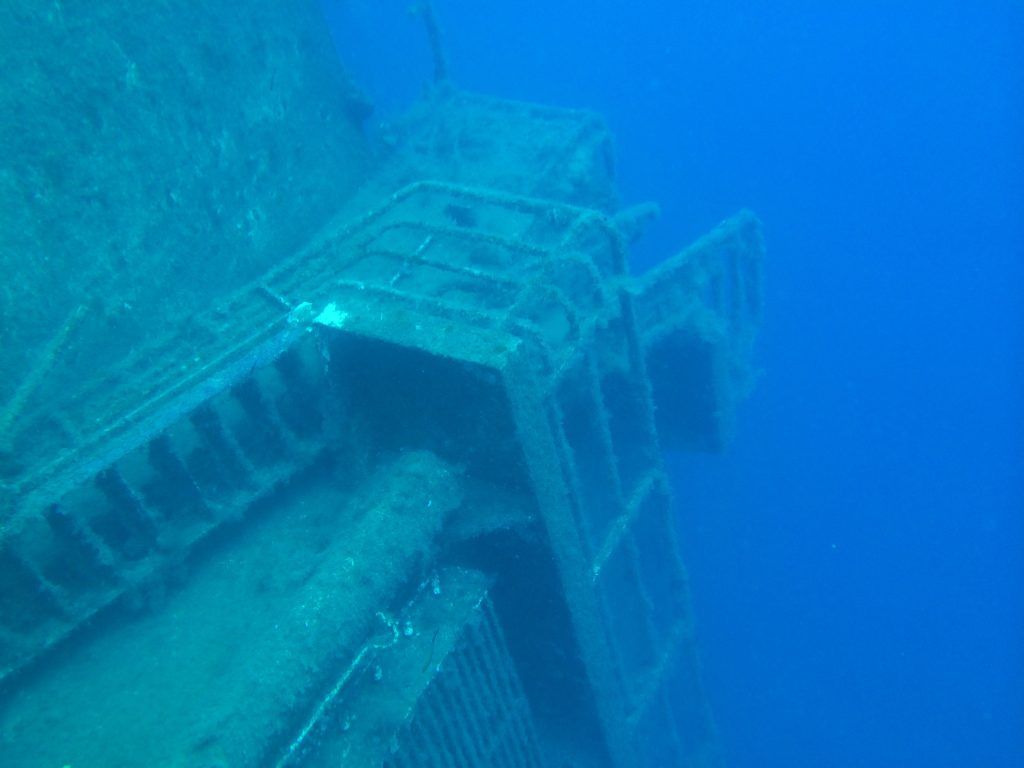
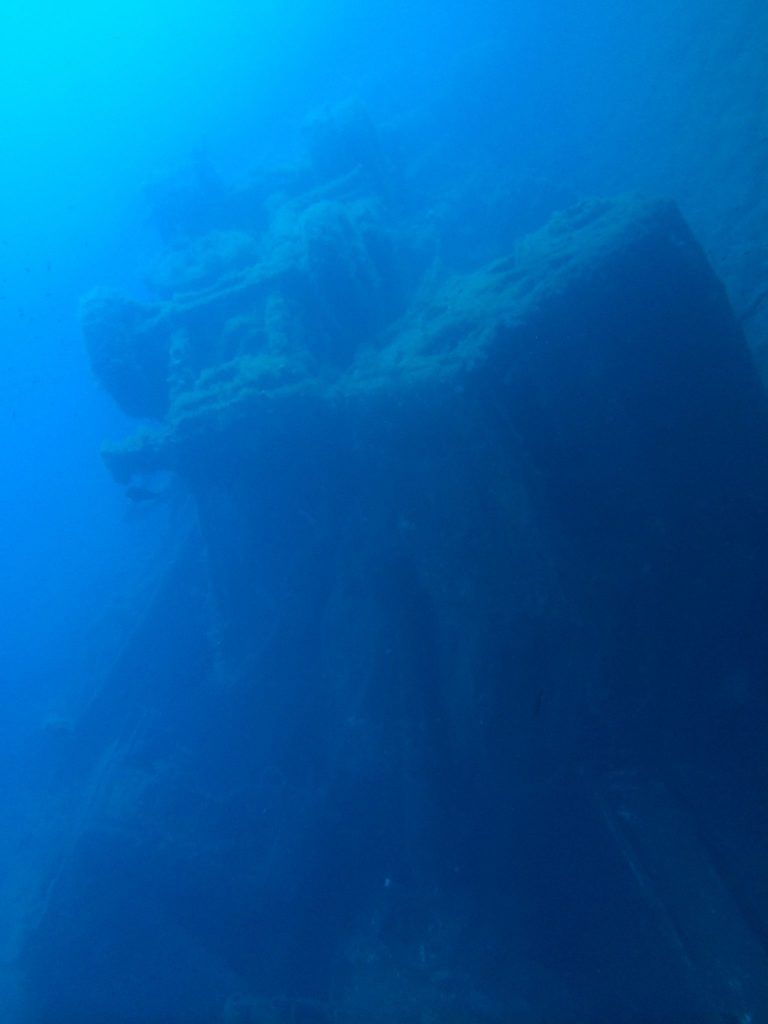
Sinking of the Zenobia – was the Mossad behind it?
A Cyprus diving holiday also includes a few elements of a spy thriller. Some believed there was insurance fraud or that the Israeli secret service Mossad was behind it because the ship was supposed to be extradited to Syria. People came to the beach that morning and fished everything out of the water that was usable: refrigerators, luggage, clothing, equipment. While the Atlantis is heading towards the wreck, Nikos Mentonis says with all his heart and soul that after the ferry sank, he soon took the first divers to the Zenobia in his fishing boat. “That was 1980,” he knows. From then on, more and more adventurers came to dive deep into the wreck. So the first victim didn't take long to arrive. His name was Alberto and he was Spanish. He was traveling with his girlfriend and another couple.
The second couple turned back when things got too dicey, but Alberto and his partner dove deep into the wreckage. Captain Mentonis sat on top of his small fishing boat and waited for the divers. He reports that he was very nervous. The other couple came back. Not Alberto. Rescuers and police arrived and questioned the captain, so that rescue divers finally discovered Alberto's girlfriend.
She escaped into an air bubble in the ship and banged on a window when the rescuers came. Alberto wasn't so lucky. He could only be rescued dead from the tangled passageways in the ship. The Skipper has seen many people die over the years. There are fatal accidents every year, says the former fisherman. “Don’t get into the wreck!” he warns: “Stay outside. Under no circumstances should you dive in, you won't be safe there - and you won't be insured! No diving insurance will pay if something happens to you.” He gets really angry and looks at the diving group intently.
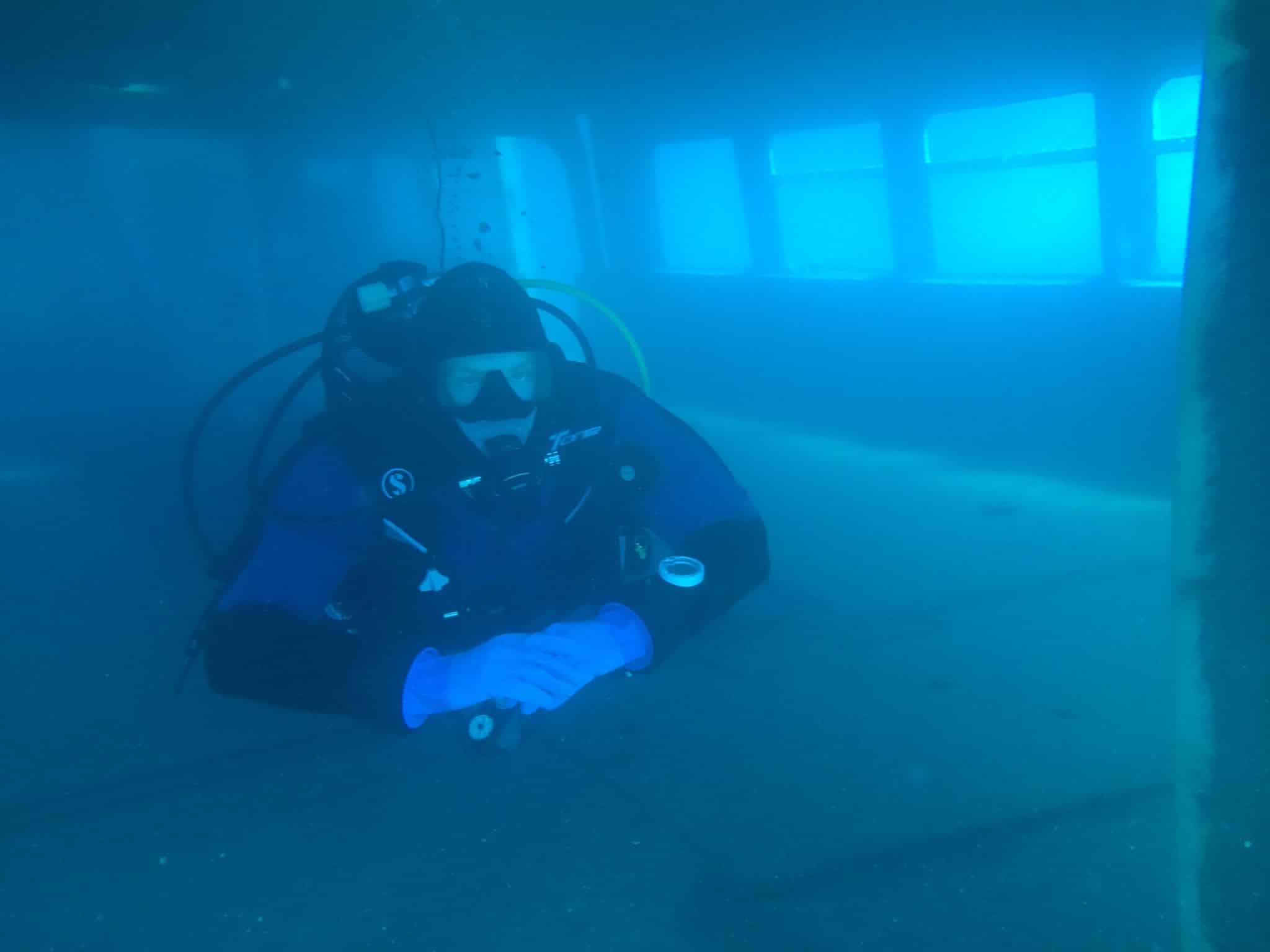
Cyprus Dive Vacation is Adventure Diving
Time to get ready. Put on your suits, switch the dive computer to 32% Nitrox, do a buddy check – and with a courageous jump from the boat into the water. Instructor George dives ahead and headfirst into the blue. The wreckage is only slowly becoming apparent. It is unclear exactly which part of the ship this is until the divers discover one of the huge propellers. One of the first destinations and at the same time the deepest point for this dive at just under 32 meters permitted with 30% Nitrox. Because the ship lies neatly on its side, only one propeller is accessible at this depth. A huge steel colossus! A diver is just a tiny bit off! From there we continue to the tailgates through which the trucks and trailers destined for Syria were driven onto the ship in Sweden.
Especially here at the stern there are thousands of small and large fish. Many thousands of silver bream accompany the group. Barracudas on the hunt chase entire swarms around the densely overgrown wreck. They are accompanied by a school of large, silver tuna and slightly smaller, beautifully patterned groupers. As a diver, you get the impression that the different hunters are working as a team and driving the prey into each other's fins. If you glide around the huge loading flaps, you automatically dive onto the vehicle deck, which stands vertically like a steep wall.
The fish are not shy and accompany the diving group. The bream swim like a cloud around the buddy teams, while the barracuda stays in wait at a greater distance. Below us are the trucks that slid into each other on the deck almost 35 years ago when the wreck hit the seabed on its side.
Diving on the Zenobia – you can still see the trucks
Some trailers and tractors still tower out of the huge scrap heap. On the one hand, they are overgrown, on the other hand, you can still recognize the profile of the tires even today. At the end of the deck, the cargo area is spanned by the person decks. There, the mighty car deck invites you to dive in and you can vividly imagine how Alberto and his girlfriend are immersed in here, attracted by the fascination the unknown and the rooms that are located far deeper in the ship and can be reached via the security gates on the car deck.
A few floors higher, you can enter the Zenobia a bit more safely. The upper deck has an entry point and leads to a nearly 100 meter long corridor into the bridge, from which one can dive. Smaller windows let in light.
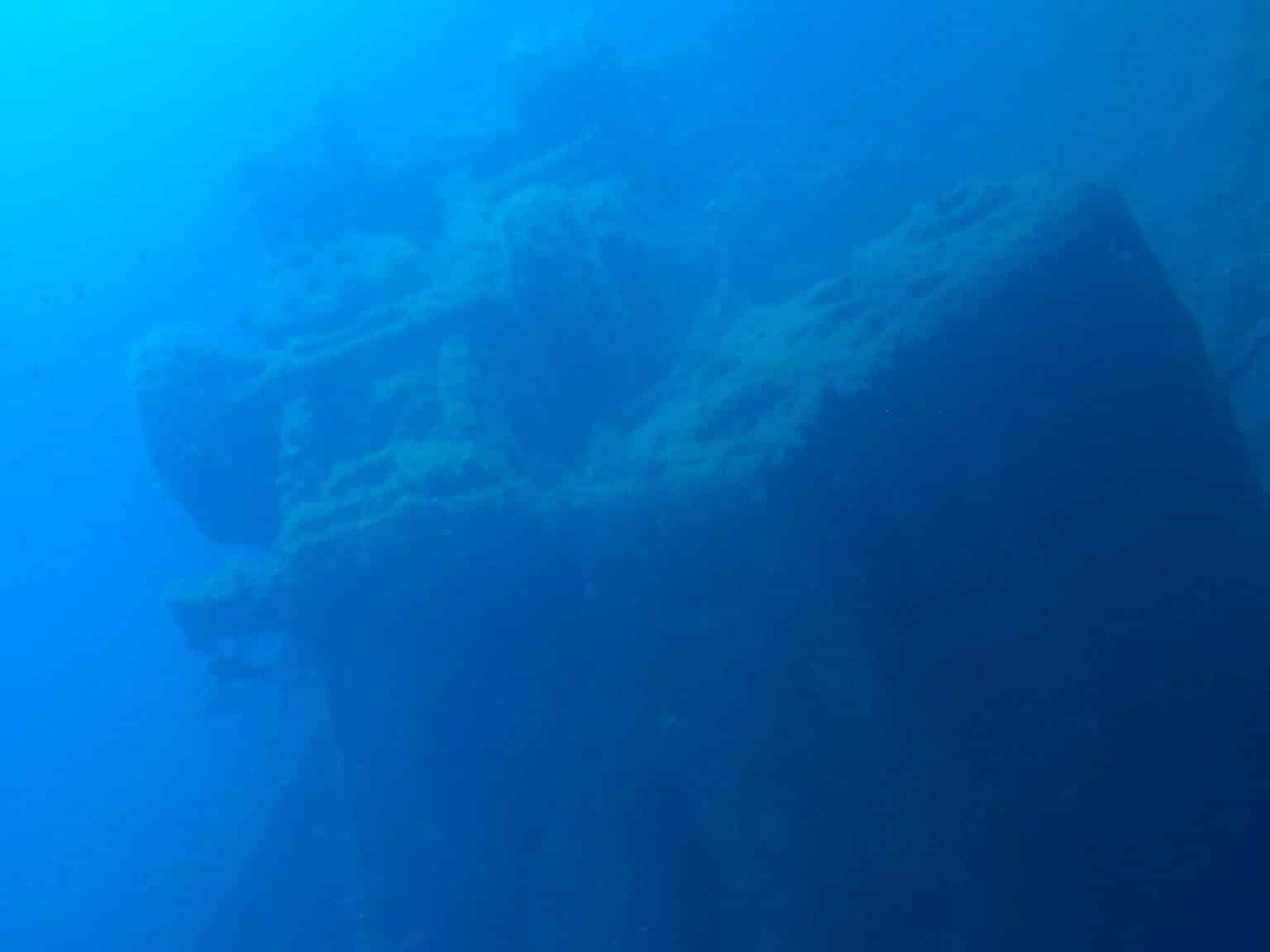
But beware! As an emergency exit from the narrow corridor, they can not be used. Once inside, there is only one way to go: forward. Past toilets, old blankets, electrical boxes, a coffee machine and through the remnants of the bridge. Everything is full of sharp, rusty corners and edges.
Back outside, a large, sociable grouper is waiting on a landing. Not only is he not afraid of divers and he lets curious people get within fifty centimeters of him. The Zacki also defends his landing vehemently and scares curious divers away from his territory without any fear. Fortunately, it's now time for the climb anyway. A look at the diving watch reveals that time has flown by. On this day too, Captain Mentonis is waiting for two divers.
While everyone else is back on board, they are missing. An army diver and his companion still have not returned after an hour of diving. The atmosphere on board is tense. At first no trace, then suddenly air bubbles appear under the boat. Everyone is relieved. Both have slipped deep into the deco during their underwater tour and are now hanging on the anchor line for more than half an hour for their decoration stop, while the rest on deck lies in the sun and has to wait.
The captain foams with rage and marches nervously up and down the deck. But in contrast to past days and Alberto's times no longer out of concern for the reckless Diverbut only because he wants to pick up a friend at the airport and will probably be late to receive him.
Nicosia in Cyprus - the last divided capital in the world
On a few road trips, George shows me the island. The first leads to the Cape Greco National Park, close to the Cypriot Ballermann counterpart Ayia Napa. There, in a natural park, in addition to an offshore military base and a typically stereotypical white and blue chapel at the foot of the cape, there are also some interesting cave systems with unusual rock formations that are easy to walk through and also continue under water. We start here on a small dive in order to be able to expand our rock research a little further. Many marine animals are native here and the sea is by no means as empty as many claim: cuttlefish and trumpet fish are not uncommon there and the lighting conditions make the Mediterranean underwater landscape sparkle.Ghost town of Famagusta: Creepy witness to the past
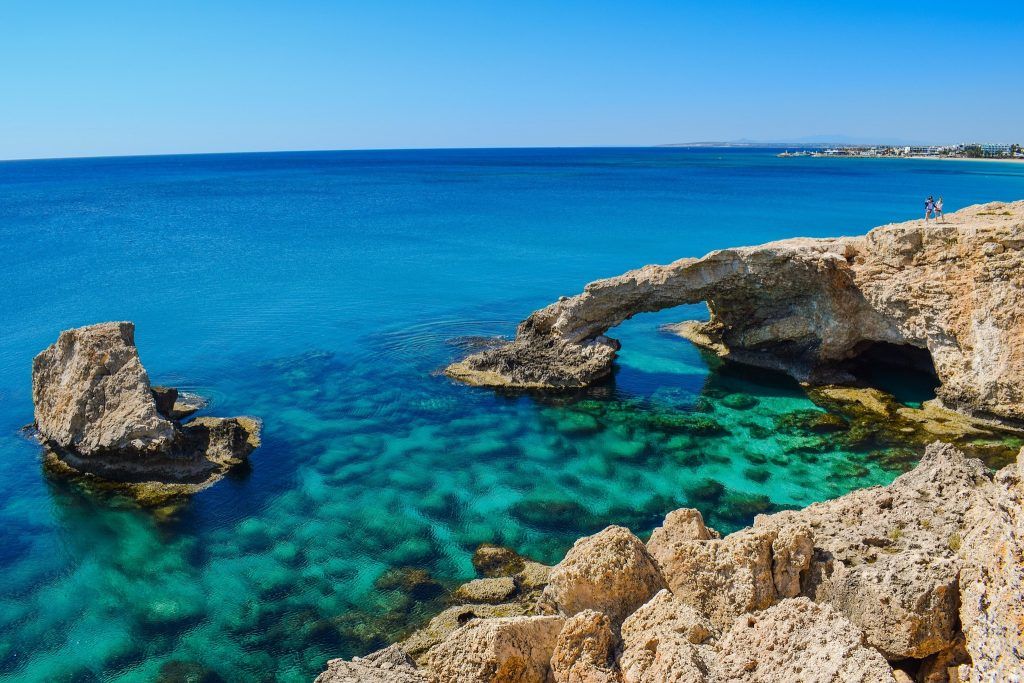
Not far from the cape lies the mysterious ghost town of Famagusta. Strictly speaking, this is the Varosia district, which was once a thriving tourist resort with seaside hotels. Today you can only approach the place from the Greek side within ten kilometers because it lies in no man's land between north and south. Much of it remains there today, just as people left it in 1974 when the Turkish invasion began.
The only viewing post from the Greek side has its own attached petting zoo to expand the business area. If you look from there at the ghostly decaying castle beds of Varosia, the UN security post and the secured buffer zone, it quickly becomes clear that something is wrong here on the eastern edge of the European Union. This becomes even clearer on our second road trip. North of Larnaca in the middle of the island lies the capital Nicosia. It is the last capital in the world divided by an armed border.
Some of the inhabitants aptly call it "Berlin No. 2 ". The border runs once in the middle of the historic city center, which is about half Turkish and half Greek. In between lies a strip - the "buffer zone" with orphaned houses, in which often snipers and soldiers position themselves. For example, you imagine a scene in the civil war.
Cyprus divided into two parts - the Turkish part of Nicosia
The checkpoint is a few streets further. You have to stand in a long queue at the border crossing and get a day visa to get into the Turkish part. The effort of the trip is worth it! Because on the other side of the border, a completely different world awaits visitors: Not only are all the signs in Turkish and different beer is served - the entire atmosphere is completely different than in the Greek part, which is just a few meters away.
Mosques and bazaars characterize the cityscape. The old town is somewhat reminiscent of a mixture of Khan Khalili in Cairo and the Turkish resort of Bodrum. Already tidy, but lively like in the Middle East. It's only a few steps from the Occident to the Orient in Cyprus! Anyone who crosses the border by car also needs new insurance for the car. Because Greek insurance is not valid in the north. The Turkish part of Nicosia seems much more turbulent. While the south is absolutely western with shopping malls, the north is a touch more oriental.
Spice and carpet dealers are next door to architecturally beautifully designed mosques - it's a little reminiscent of Cairo, Hurghada or Sharm El Sheik in Egypt. Cozy restaurants and coffee houses are well attended. Groups of old men sit together with tea and water pipes. We recommend stopping off in the Büyakhan's inner courtyard. The ancient building was once accommodation for caravans and is now a restaurant, bazaar and shade provider in the hot summer months.
Cyprus border – a visit to the Turkish north
The residents of the south side easily give the impression that the north is completely underdeveloped. “Be careful, you’re not insured there!” I was told. “It’s better not to go there!” That’s not true. The only fact is that the Turkish Republic of Northern Cyprus is only recognized by Turkey and Azerbaijan. Nevertheless, the region is anything but backward. Because the large neighboring country provides silent development aid. If you drive north from Nicosia, you can see western industrial areas with construction electronics and supermarkets as well as fast food chains passing by on newly developed highways.
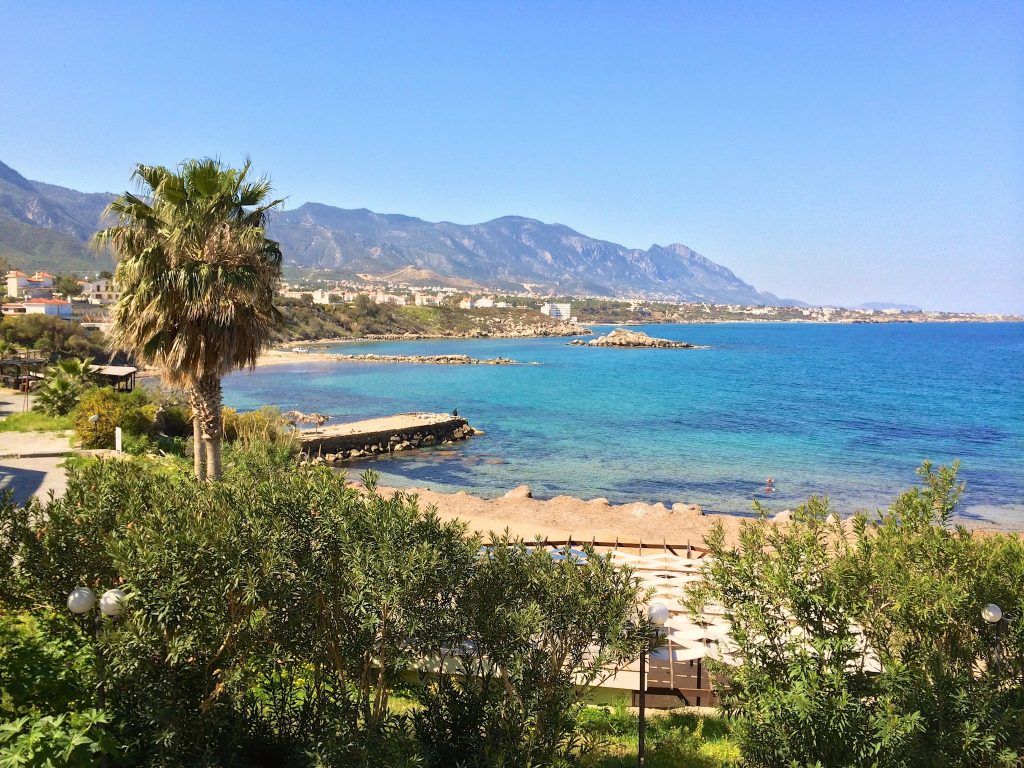
The Northern Cypriot, Muslim population is open-minded, warm-hearted and absolutely progressive. In the far north, behind a long, high mountain range, you reach Kyrenia, a large port city on the coast that is one of the most beautiful places on the island. This city is full of oriental charm and at the same time absolutely modern. Young people party the night away in the city's bars and clubs, there are the finest restaurants at the harbor and time seems to stand still in the small, ancient streets. Kyrenia (Turkish: Girne) is certainly one of the most beautiful cities on the island. The only thing more charming than Kyrenia itself is a tiny mountain village above the city.
The former Greek village was completely expropriated after the invasion. The Greeks fled to the south at that time. Western dropouts have now settled there and now live in the houses that were available for living or as an investment at bargain prices starting at 20 euros. Many Germans, English, Scots and many other nations have hoisted their flags in the winding streets in a sea of flowers and palm trees or written slogans in their local language on the front doors. The view from the village over the extensive valley to Kyrenia and the Mediterranean is wonderful. A small downer: If the two parts of the country unite again in the next few years, the foreign residents will probably have to return their domiciles to the Greeks.
Kyrenia – beautiful port city in the north of Cyprus
Meanwhile, in Kyrenia at the harbor, people meet for lunch in one of the countless restaurants. Sitting at the table are the diving center and bar owner Asim Uygur, the German-born tourism expert Irene Raab Marancos, an architect and the restaurant owner Aydin Canlibalik. Everyone understands each other and, to a certain extent, speaks the same language. On the table are meze, which is roughly comparable to Portuguese tapas. Delicacies in small portions, served with fresh bread. There is also a huge platter of local, grilled fish, the diversity of which can also be observed underwater at some diving sites. Aydin says that, curiously, he moved from Zygi in the south to Girne after the Turkish invasion in 1974.
His restaurant is also translated as: “Fisherman from Zygi”. The former fisherman felt he belonged to the north. This is strange because after the events of '74 there was a small migration of peoples: tens of thousands of Turks from the south went to the north, Greeks in the north did well to move to the south. “It’s all because of distrust of the other side,” businessman Asim tells me. In conversation over lunch you learn two main things about the Cypriot conflict: it is virtually impossible to blame one side solely for the conflict.
And for people on both sides of the border, the conflict is still omnipresent. They feel a great need to talk about their version of events. Diving instructor George has friends and acquaintances on both sides of the inner Cypriot border. The instructor is neutral: “My experience is that the Turkish and Greek Cypriots have much more in common than the North and the Turks”. This view is shared by many Cypriots on both sides of the border. Although there are many nationalists everywhere, even more people are open and looking for balance. The governments of the north and south recently met again for talks. One might hope that sooner or later they will agree to fully reopen the border. At least that's what everyone at the lunch table hopes.
Diving is also very good in Northern Cyprus. Unfortunately the sea is too rough for diving on this day and the north wind is too fresh. Luckily, Asim can vividly report on amphoras, airplane wrecks and even two different types of sea turtles at the numerous diving spots along the north coast. There are a lot of tunas and groupers here. He says there is a lot of current in the north and that's why the diving areas here are more similar to the Red Sea than the Mediterranean. Whether that is true remains to be seen. What is certainly true, however, is that Cyprus is not only an island of contrasts, but also of similarities and balance.
Related Articles
Where we resided in Cyprus during our diving holiday
Living: Aldiana Club Cyprus
The Club Hotel Aldiana Cyprus is located near Alaminos in the south of the island, about 20 minutes from Larnaca International Airport. The decentralized hotel complex is located directly by the sea and offers a perfect ambience in an undeveloped, green hotel complex. Aldiana stands for premium – club holidays at the highest level. The provider has an extensive sports program from diving, tennis to unusual sports such as archery. The hotel is also in the top culinary league thanks to its varied cuisine and cooking events with well-known chefs.
Diving: Diving Centers Werner Lau Cyprus
The diving center is centrally located in the beach pavilion of the Aldiana Clubhotel Cyprus. It is equipped with the latest equipment for up to 50 divers at the same time. The Five Star Center has its own compressor and also offers Nitrox. Base manager Zsolt “George” Teplan and instructor Balasz “Angel” Angyal are a well-rehearsed team and have been working together for many years, including at the Werner Lau base in Sharm El Sheik. In addition to their diving careers, both are also water skiing and wakeboarding instructors. They can carry out smaller repairs in their in-house workshop at the base.
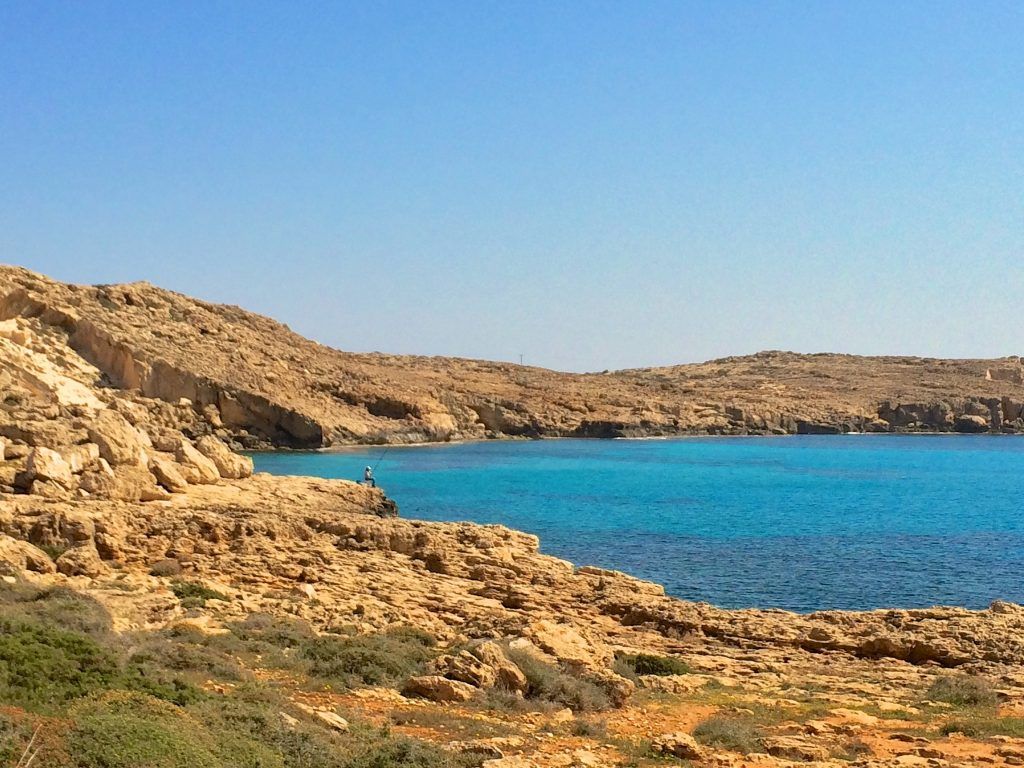
Travel report from Cyprus - The island of contrasts is a shared paradise
My visit to Cyprus was a memorable trip that I will not soon forget. The island in the eastern Mediterranean is certainly one of the most beautiful places in the world. It's so big that when you're inland it's easy to forget you're not on the mainland. Valleys with extensive olive groves are surrounded by small hills and large mountain ranges. Mount Olympos in the Troodos Mountains is almost 2000 meters high. There is still snow in places when the bananas and oranges are blooming in the valley. Hidden mountain villages with beautiful Greek Orthodox churches offer peace, relaxation and the chance to find real insider tip restaurants serving local Cypriot cuisine.
In complete contrast to this are the party hotspots of Limassol, Ayia Napa and Nicosia with their bars, shopping miles and Western European nightlife. Even in Kyrenia in the Muslim-dominated north, life is raging day and night. Cyprus is an island of opposites like wakeboarding and snowboarding in one day: peace and seclusion go hand in hand with joie de vivre and liveliness. Despite the decades-long conflict, two parts of the country that are deeply divided by conflict have more similarities than differences. I hope that's in mine Travelogue from Cyprus became clear.
This connection is best demonstrated in Pyla near Larnaca: only here do South and North Cypriots live side by side. There is a mosque and a Greek Orthodox church in town. Half of the street names are Turkish, the other half are Greek. Both sides each have their own school. Secured Turkish military posts sit on the hills above the city. The United Nations Peacekeeping Force resides in the village. And yet: Old men from both sides often meet for backgammon in the village center in front of the UN post. They are friends and treat each other with respect. There is no sign of conflict between the old men. The only disputes here are about whether Turkish or Greek beer tastes better.
Have you ever been on vacation or diving in Cyprus? Share your experience in the comments.

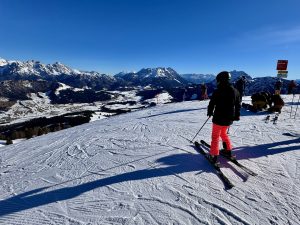
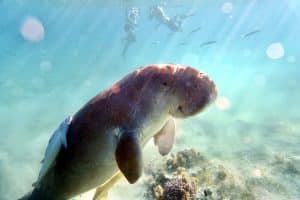
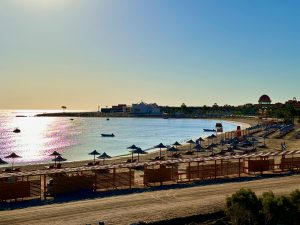
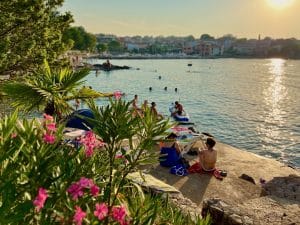
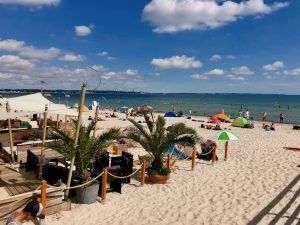
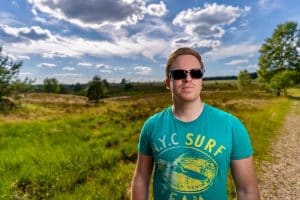
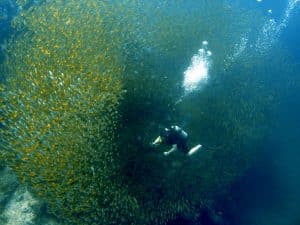
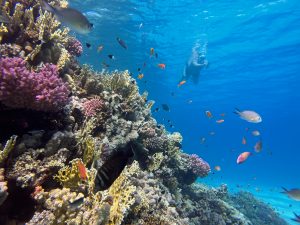
0 Comments